How to care for hydrangea at home
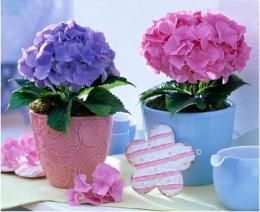
Indoor hydrangea will decorate your home. Its flowers are colored white, pink, red, blue or blue. The flower can reach 1.5 meters in height. The flowering period is long - from spring to autumn, and in winter it goes into rest to gain strength before the next flowering. Hydrangea can be planted as on a personal plot, and at home. At home, as a rule, large-leaved hydrangea is grown.
Content:
- Lighting
- Temperature
- Watering a flower
- Plant nutrition
- Transfer
- The unique property of hydrangea
- Reproduction
- Pruning hydrangea
- Pests
- Diseases
Lighting
Proper care of hydrangea at home will be rewarded with lush and long flowering. Moreover, it is not difficult. For the plant, you need to choose a well-lit place without direct sunlight. When keeping hydrangea on a windowsill, light spots may appear on the leaves. But it will not develop in the shade either. And if you place the hydrangea at a distance of 3 - 4 meters from the window, then it will feel great.
Temperature
The temperature for it is the same as that maintained in apartments. This is 18 - 22 degrees with a plus sign. Sudden temperature changes and drafts should not be allowed.
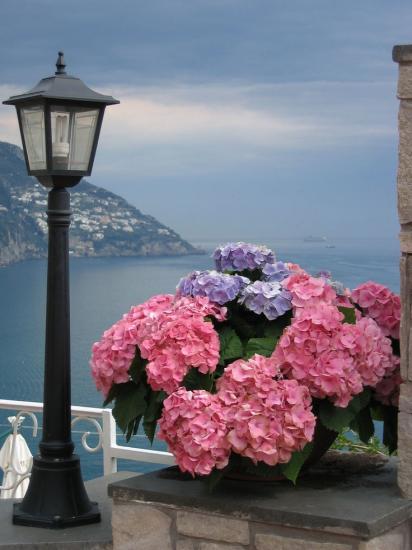
During the dormant period, it is better to place hydrangea in a cool, dark place, where it will be 7 - 9 degrees Celsius. A basement is suitable for this. But don’t forget to water it sometimes. In February, the buds will begin to grow and it’s time to move the plant indoors.If you do not put the plant in a cool place for the winter, it will bloom only next winter.
Watering a flower
Hydrangea has another name - hydrangea, which translates as “barrel of water.” This name indicates the main property of the plant: love of moisture.
Caring for hydrangea at home requires optimal watering. In summer it is regular and abundant, and in spring and autumn it is moderate. In winter, excess moisture should not be allowed to prevent the plant from rotting and dying.
For irrigation, use settled water at room temperature. Rain or melt water is perfect. Periodically it is necessary to water the flower with acidified water: add 5 drops of lemon juice to a liter of water. If there is a lack of acidity, the leaves may turn yellow.
Hydrangeas also require frequent spraying. When the air is dry, the edges of its leaves begin to dry out. Therefore, the flower cannot be placed near batteries.
Plant nutrition
In feeding with mineral and organic fertilizers the plant needs it in summer. If there is a lack of fertilizer, hydrangea does not bloom or develop. During flowering, it is advisable to add a solution of potassium permanganate to the water for irrigation. In winter, the plant is not fed.
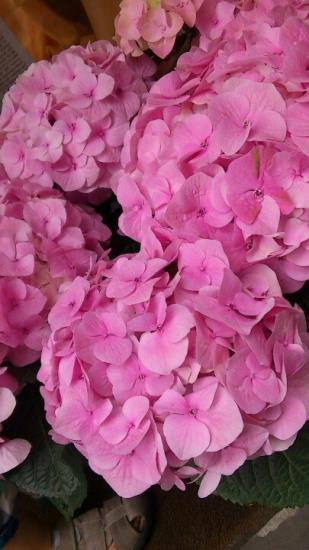
To speed up the flowering of hydrangea and increase the decorative appearance of the flowers, it is sprayed with a solution of gibberellin (0.1 grams per liter of water).
Transfer
Beautiful flowering is promoted by annual replanting, which is best done in the fall, after the plant has flowered. It is best to take a mixture of sand, peat, leaf and turf soil in a ratio of 0.5:1:1:2. It is not recommended to use humus for planting. Be sure to do good drainage.
Choose wide pots as the roots grow wider rather than longer.In addition, the new pot should be one and a half times larger than the old one.
The unique property of hydrangea
For replanting, use acidic soil if you want blue flowers, or alkaline soil if your goal is pink flowers. If you want a white or pale beige color, then grow the plant in neutral soil.
The color change is possible due to the unique ability of hydrangea to accumulate aluminum. This property can be used to change the color of the petals. Adding lime to the soil turns the flowers pink, but adding aluminum sulfate will make them blue. In addition, in acidic soil the color becomes rich and bright, while neutral soil makes it pale. For oxidation, you can use sawdust, peat or pine soil, and for alkali it is better to use chalk, lime and ash.
Also, to obtain blue flowers, you can add potassium alum to the water for irrigation (7-8 grams per 1 liter of water) or spray the plant with a solution of aluminum citrate (50 grams per liter of water).
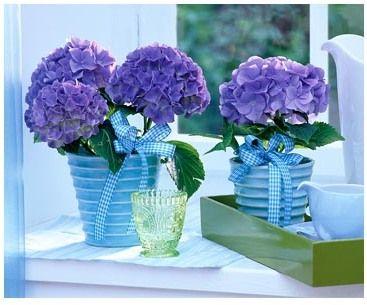
Please note that only pink and blue flowers can change color; white flowers do not change color.
Reproduction
Propagate a flower cuttings or dividing the bush. For cuttings, take young shoots 5-6 centimeters long: lower or apical. It is better to break them off rather than cut them off. The broken area is lubricated with “Kornevin”, the cutting is placed in damp sand for half a month and covered with a glass container.
Pruning hydrangea
After flowering, hydrangea must be trimmed, leaving only strong stems and removing weak ones. The top of the plant is also trimmed to allow additional shoots to grow, forming a lush bush.
Pests
Aphids may appear on hydrangeas, spider mites or stem nematode.You can destroy aphids using a soap solution, karbofos or actellik. To get rid of spider mites, the plant must be regularly sprayed with water. Can be treated with Acarin or Actellik. If your plant is attacked by a nematode, you will have to throw it away.
Diseases
Most often, the plant is affected by chlorosis, powdery mildew and gray rot.
Chlorosis causes loss of chlorophyll and discoloration of leaves. To restore their green color, iron sulfate (10 grams per liter of water) or iron sulfate (2 grams per liter of water) is added to the water for irrigation.
You can get rid of powdery mildew by treating the plant with a mixture of green soap (150 grams) and copper sulfate (15 grams), diluted in a liter of water.
Bordeaux mixture will help cope with gray rot.
When growing hydrangea, 3 conditions must be observed:
- timely watering;
- lack of direct sunlight;
- correct transplant.
And then the flower will bring you joy for a long time and surprise guests with its beauty.

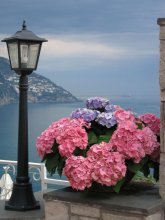

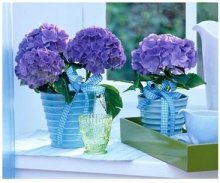
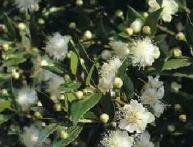
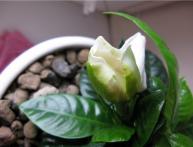

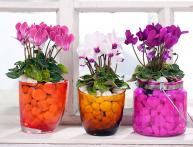




Comments
I recently bought this flower, so the information is very useful. True, the flower shop told me that it does not require abundant watering. Here is other information. I’ve never heard of watering indoor flowers with acidified water.
My favorite home flower. I love watching how the color of flowers gradually changes. But I didn’t know that it needs to be replanted every year. I did this once every 2 or even 3 years. And nothing, it seemed to grow normally.
For some reason, a couple of days after the purchase, my flowers began to fade:(((What’s wrong? The temperature is 20 degrees, the soil is wet.